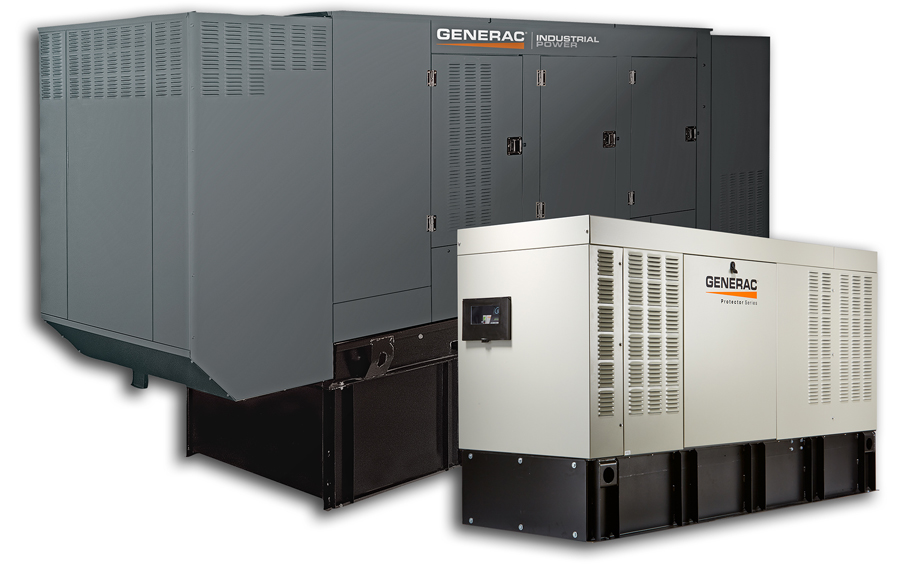
There are hundreds, or possibly thousands, of federal, state, local and municipal codes that may impact the location of an industrial generator. This makes it critical to work with local professionals who are aware of the codes and as well as the preferences of AHJs. South Shore Generator has significant amounts of knowledge about the systems and the optimal design practices for their localities. These professionals may be able to save customers time and resources by avoiding potential problems.
Space: Generators are large and bulky, so cost, logistics and maximizing space for the building occupants must be considered in determining the location of the generators.
Airflow: To prevent overheating, there must be adequate airflow around the generator and the installation must meet NEC requirements. This could entail the use of a remote cooling system, which adds complexity to the design.
Fuel Delivery: Diesel generators remain the most commonly used in commercial/industrial applications. In most cases, a large outdoor fuel sub tank is linked to a smaller, indoor day tank. The linkage and collections between the tanks add more potential points of failure to this indoor solution.
Sound/Vibration: The generator engine and possibly the remote cooling systems can be noisy. Vibration isolators and other barriers may be needed to prevent inconvenience to building tenants.
Security/Access: Only authorized personnel should have access to the area where the generator plant is located to ensure generator reliability and safety.
Clearance and Wind Patterns: Note where snow and other debris typically accumulates at the location and place the generator elsewhere. Also, providing adequate clearance for the generators is key.
Severe Weather Patterns: When possible, place a natural or physical barrier between the prevailing storm direction and the generator. This can help ensure the generator will still operate during extreme weather events.
Potential for Flooding: The Gulf and Eastern Coastal areas have experienced much flooding in recent years, so engineers are requiring generators to be placed on platforms. However, if the incoming utility and electrical distribution are not also set above the flood line, the solution may not work.
Sound Considerations: Local ordinances have sound (dba) requirements that are set at the property line. Generators that are placed an appropriate distance away from property lines, may not need special sound attenuating enclosures.
Security/Access: Be sure that service technicians are able to access the generator during all types of harsh weather conditions, including rain, snow and ice. Also, ensure that only authorized personnel can access the generator to ensure safety and security.
For more information on installation of industrial generators, contact South Shore Generator in Wareham, MA.
Source: generac.com
Whether your need is to power your business to keep on your production schedule or your home to keep your family safe and sound, South Shore Generator has the product diversity to meet all of your generator requirements. We are proud to sell and service generators from 2kW to 2000kW single set units and up to as large as 100MW utilizing Generac's innovative Modular Power Systems (MPS).